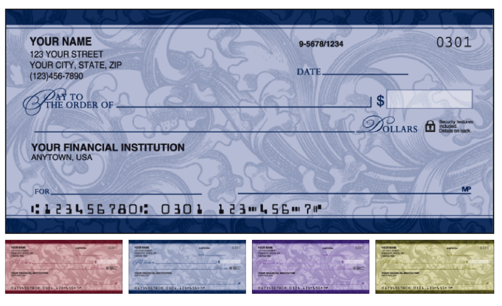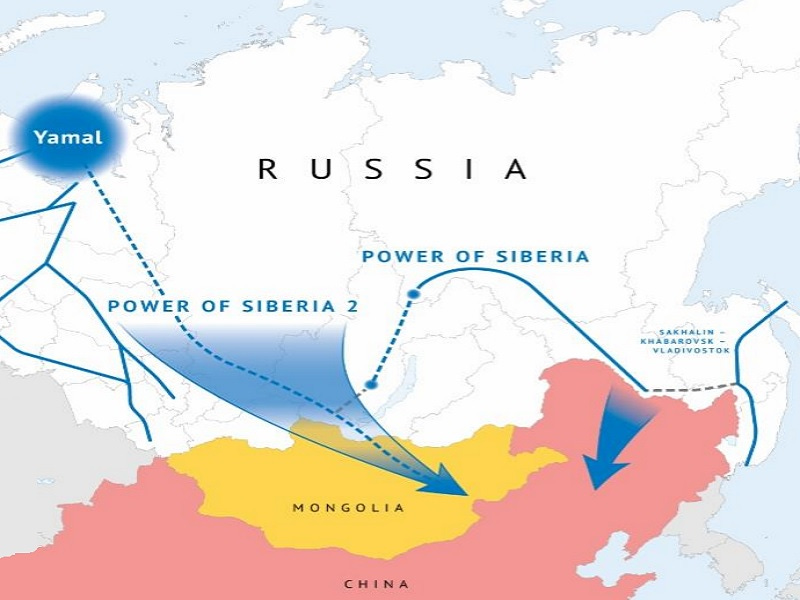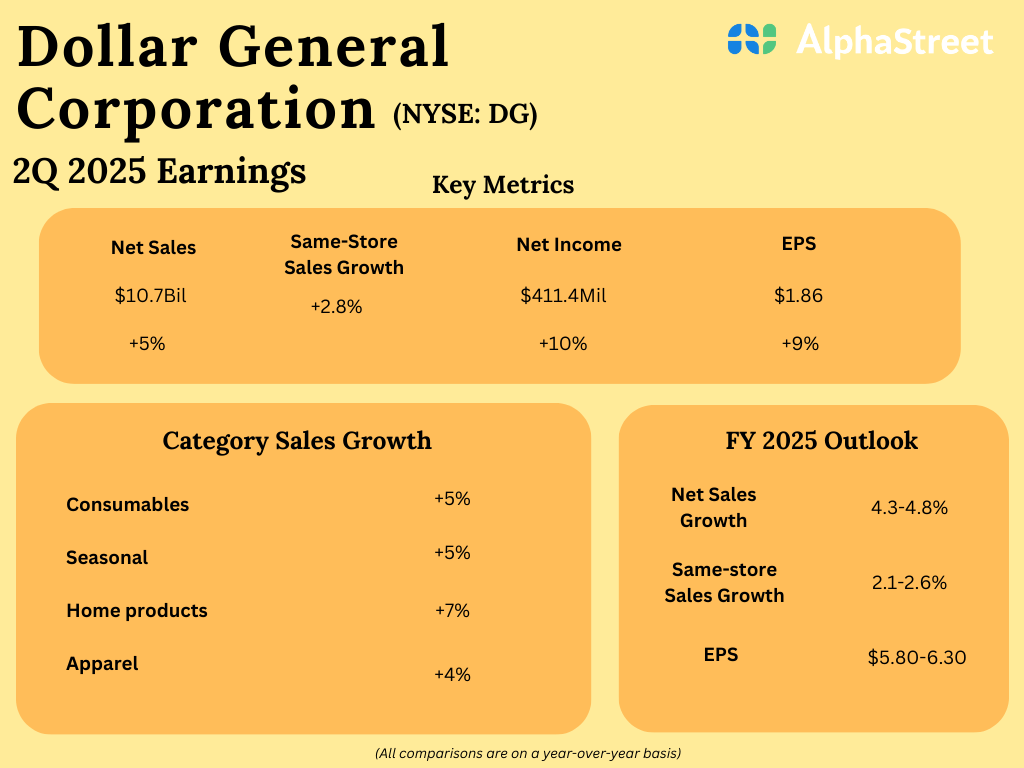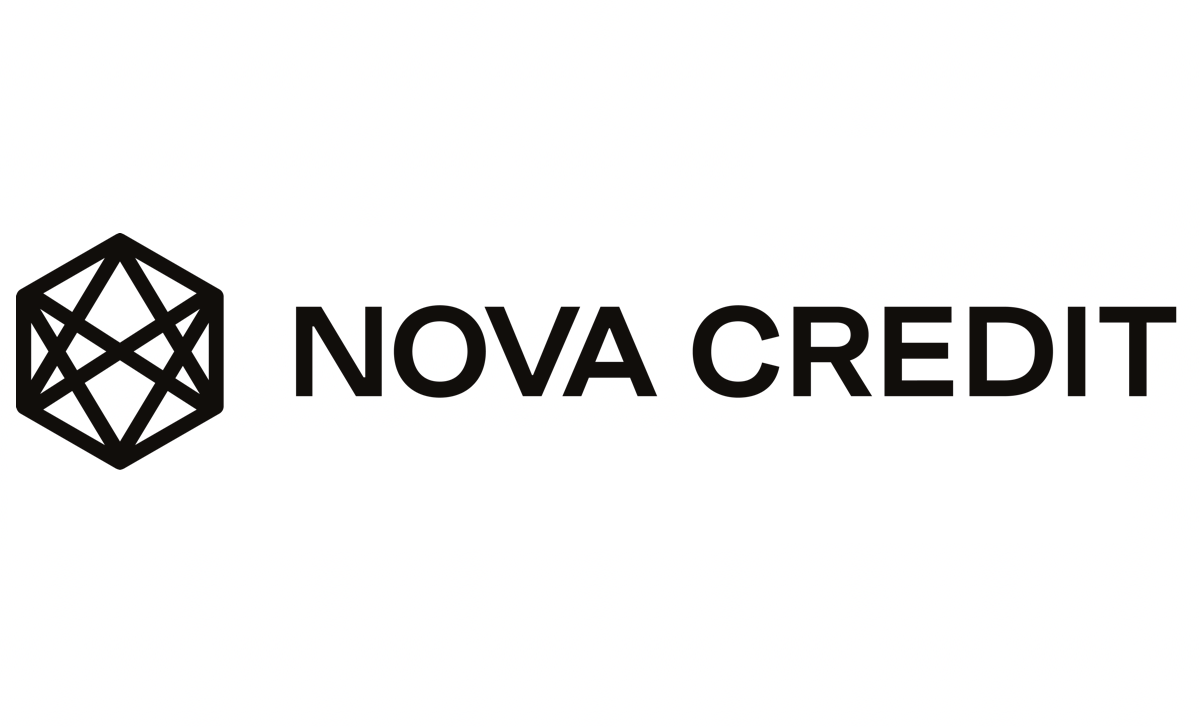On Monday, the Hong Kong Stock Exchange (HKEX) launched its Hong Kong dollar (HKD)-Chinese renminbi (RMB) dual counter model, which enables selected HKEX stocks to be traded and settled in either currency. The initiative was first announced in May.
Experts believe the scheme has the potential to draw more investors and boost trading on Hong Kong’s stock market, which according to media citing HKEX data, is at a four-year low. Last week, the bourse celebrated its twenty-third listing anniversary.
“Given the relevant lower interest rates in renminbi, dual counter trading has the capacity to boost stock market trading volume, as investors are now able to trade using their existing offshore renminbi holdings,” Stephen Chan, Hong Kong-based partner at Dechert, told FinanceAsia.
The new model is particularly attractive for investors holding large amounts of offshore renminbi as it eliminates the need to convert funds into Hong Kong dollars – making trading more efficient and less prone to currency risk, Mike Tang, capital markets partner at KPMG China, told FA.
Hang Seng Bank, Tencent, Lenovo and Alibaba Group are among the 24 securities included in the first stage of the scheme. The selected companies have a combined total market value of $1.9 trillion and account for 40% of the average daily turnover of the cash equities market.
In an interview with foreign media, HKEX CEO Nicolas Aguzin said the scheme would expand to include “the majority” of HKEX-listed stocks “over time”.
Tech uptake
The fact that internet companies dominate the list of stocks in the dual counter model demonstrates the government’s support for the sector and could help boost investor sentiment towards these companies, opined Jian Shi Cortesi, investment director of China and Asian equity funds at GAM Investments.
Currently, only Hong Kong investors and offshore funds are eligible to participate in the dual counter trading. However, HKEX has plans to extend the scheme to Mainland Chinese investors via the southbound leg of Stock Connect, though there is no clear timeline.
The southbound link contributed 15% to Hong Kong’s stock turnover between January 1 and May 22, revealed data shared with FA by Bloomberg Intelligence (BI).
Expanding the dual counter model to include southbound Stock Connect could provide a boost to liquidity, but ultimately, stock trading activity in Hong Kong will depend on investor sentiment, said Sharnie Wong, senior industry analyst at BI.
RMB internationalisation
In the release, Aguzin suggested that the model will contribute to the ongoing internationalisation of the renminbi.
John Luk, head of emerging markets trading for Greater China at Crédit Agricole CIB told FA, “It absolutely does. The programme increases the pool of investable assets offshore, which gives investors more use for renminbi internationally and it could even encourage renminbi-denominated IPOs in Hong Kong.”
Additionally, the launch of the dual counter model could contribute by encouraging the accumulation of RMB funds overseas, proposed Kevin Liu, managing director and strategist at CICC Research.
“[Currently] there is limited choice of assets that can be used to preserve or increase the value of offshore renminbi deposits, which weighs on investors’ willingness to hold the currency…. If the dual counter model is expanded to a broader range of stocks, products (such as derivatives) and investors…it would play a positive role in facilitating the internationalisation of the renminbi,” he noted.
This is not the first time that Hong Kong has attempted to roll out a dual-counter model. In 2012, a similar scheme that allowed issuers to list separate Hong Kong dollar and renminbi tranches was introduced but failed to attract more than one issuer.
To avoid a repeat of this defeat, HKEX has appointed nine market makers to provide liquidity and ensure minimal price discrepancy between counters, Aguzin explained in the interview.
Most commentators agreed that the dual currency model represents an important first step in boosting HKEX’s turnover and the internationalisation of renminbi over the long term, but that the immediate impact would be small.
“Overall, the launch of new model looks set to create a win-win situation for all stakeholders in the market,” concluded KPMG’s Tang.
¬ Haymarket Media Limited. All rights reserved.








































